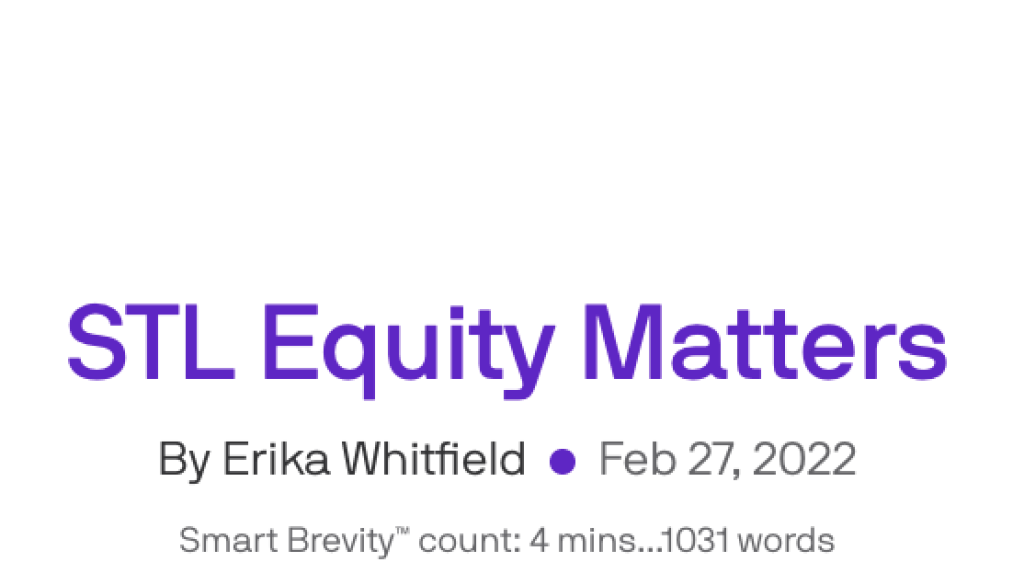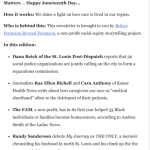
Welcome to the sixth edition of our newsletter: STL Equity Matters
How it works: We shine a light on how race is lived in our region.
Who is behind this: This newsletter is brought to you by Before Ferguson Beyond Ferguson, a non-profit racial equity storytelling project.
In this edition:
- Kim Daniel finally lands an affordable, safe place to call home.It took a decade to complete that perilous journey.
- Erika Whitfield tells why Abbott Elementary is must-see TV.
- Dr. Katrina Thompson Moore, an associate professor in the departments of History and African American Studies at Saint Louis University, addresses “the culture of slavery” then and now.
- Sylvester Brown discusses vaccine hesitancy among African Americans.
- Also mentioned in this newsletter: Maxine Clark, Lindy Drew. Gerald Early, Rosalind Early, Sarah Fenske and many more.
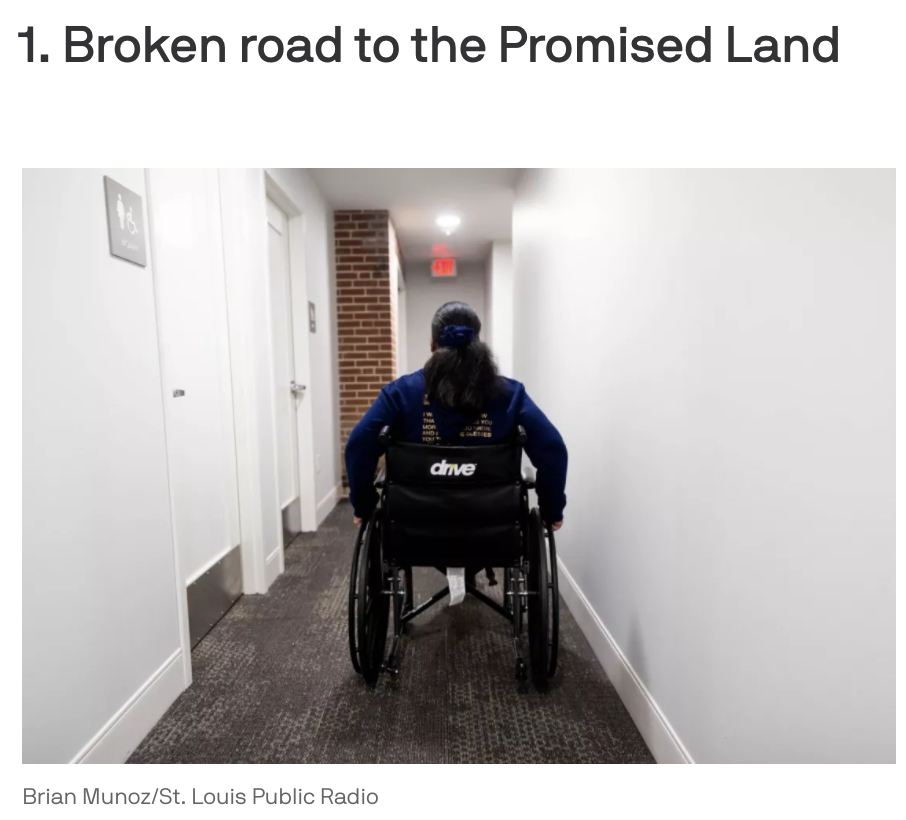
By Richard H. Weiss
What’s Happening: Kim Daniel’s dream of safer, more secure housing nearly vanished due to illness and a crippling bureaucracy.
The Dilemma: After spending two months in hospitals and rehab centers, and two more weeks fretting, fuming and living in a hotel room, Daniel had to wait and wonder. When would the U.S. Department of Housing and Urban Development act on her request for an increase in the value of her Section 8 voucher? It was supposed to be her golden ticket out of her increasingly dangerous neighborhood into a safer place to live.
Why It Matters: Policymakers have created a cruel system that requires massive interventions tohelp people like Kim.
Go Deeper: Read the story and listen to Sarah Fenske’s interview with Daniel on St. Louis On The Air
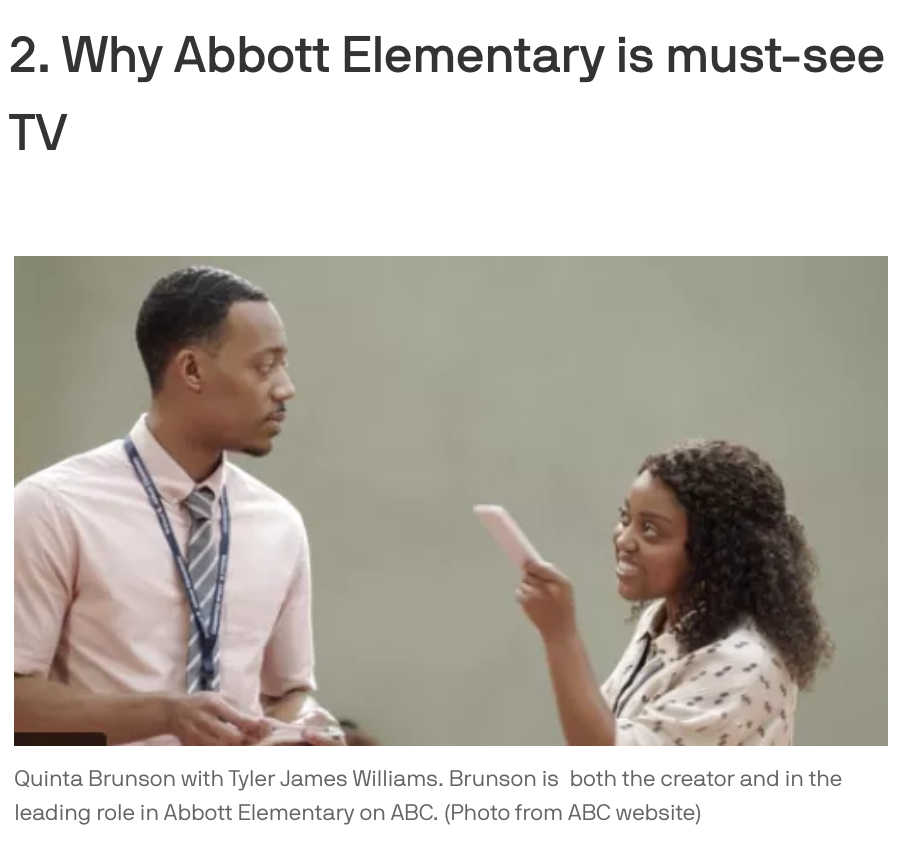
By Erika Whitfield
What’s happening: Abbott Elementary is this year’s breakout sitcom hit.
Why it matters: You’ve seen plenty of classroom comedies from Welcome Back Kotter to Saved by the Bell, but nothing like Quinta Brunson’s Abbott Elementary, which focuses much more on the educators than the kids.
My take: Not just a mash-up of colorful characters, this show addresses major issues in education. For example:
- Gifted classes that can isolate and misidentify students
- Ethical issues related to fundraising efforts
- Reading programs that come and go before students achieve mastery
And yet, the show is hilarious. We laugh to keep from crying.
Go deeper: Five reasons to watch.
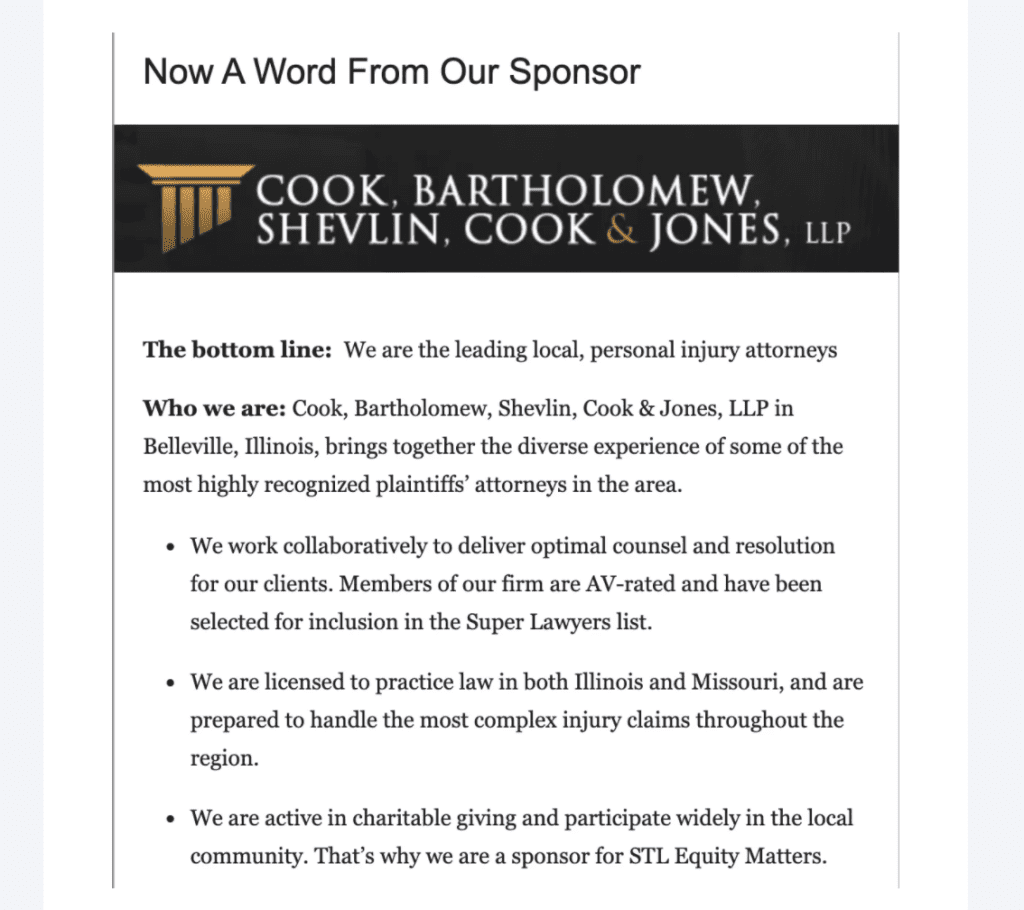
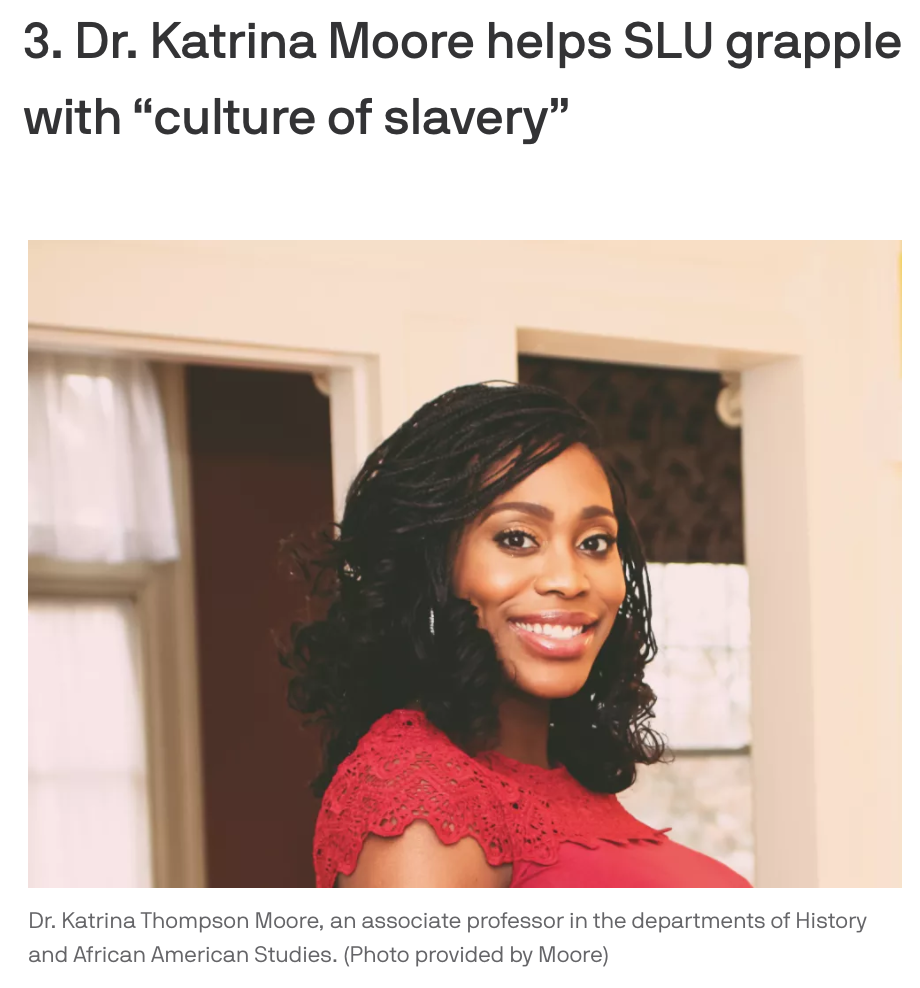
By Brian Guerin
What’s happening: In recent years, Saint Louis University, along with other Jesuit institutions, has been coming to grips with a legacy of slavery. Dr. Katrina Thompson Moore is among several scholars locally who are researching the past, including talking with descendants of slaves who helped build the university. They put these issues in perspective for students, alumni, administrators and community stakeholders.”I specialize in the institution of slavery and the culture of slavery that has continued today,” Moore says.
Background: “When I first got here in 2008, no one was talking about the university’s ties to slavery,” Moore said. “I would say the average student still doesn’t know. I know that the descendants of the enslaved who we have found want more traction, more activity. And so do I. I want outreach everywhere.”
Going forward: “We have a SLU model — we all become Billikens — men and women for others. We need to recognize those others included enslaved people who helped build our institution.”
Go deeper: Moore’s thoughts on slavery scholarship and community outreach.
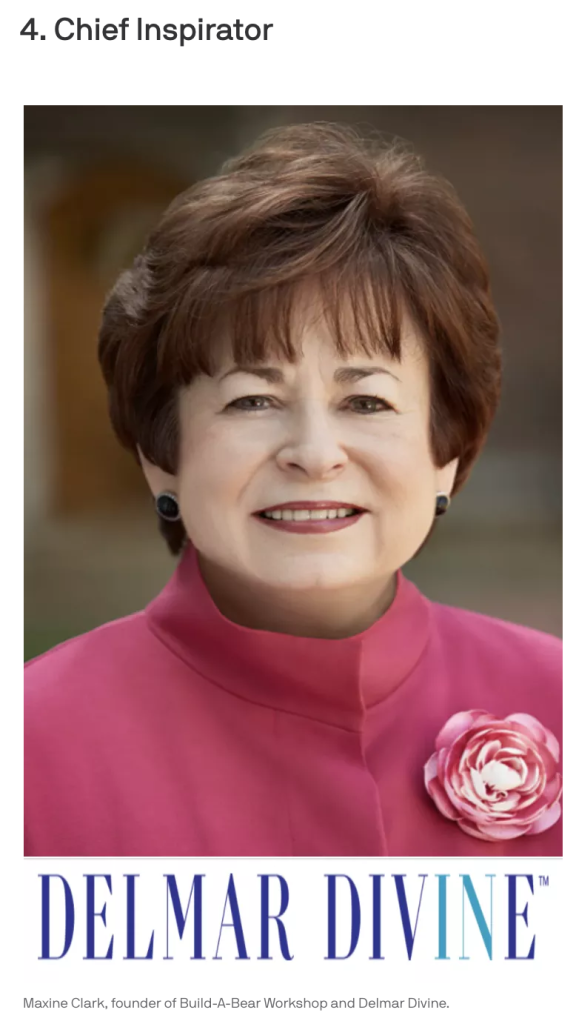
What’s happening: Maxine Clark, founder of Build-A-Bear Workshop has over the last six years been building a home for social service innovators at the site of the old St. Luke’s Hospital at Delmar Boulevard and Belt Avenue. Within a year, as many as 1,000 people will be working in offices and living in apartments at the site, Clark tells St. Louis Magazine’s Amanda Woytus.
Why it matters: Clark, along with executive director Jorge Riopedre, aim to demonstrate how close collaboration among residents, social service providers, business and civic leaders can revitalize underserved neighborhoods.
The concept: Clark believes that bringing people together to work on site can lead to bigger, better, bolder initiatives than any one organization can accomplish on its own.“Everybody’s doing hard work,” she tells Woytus. “But can it be more helpful? Can it be more impactful?”
At Build-A-Bear. Clark held the title of Chief Executive Bear. Her new title: Chief Inspirator.
Go deeper:
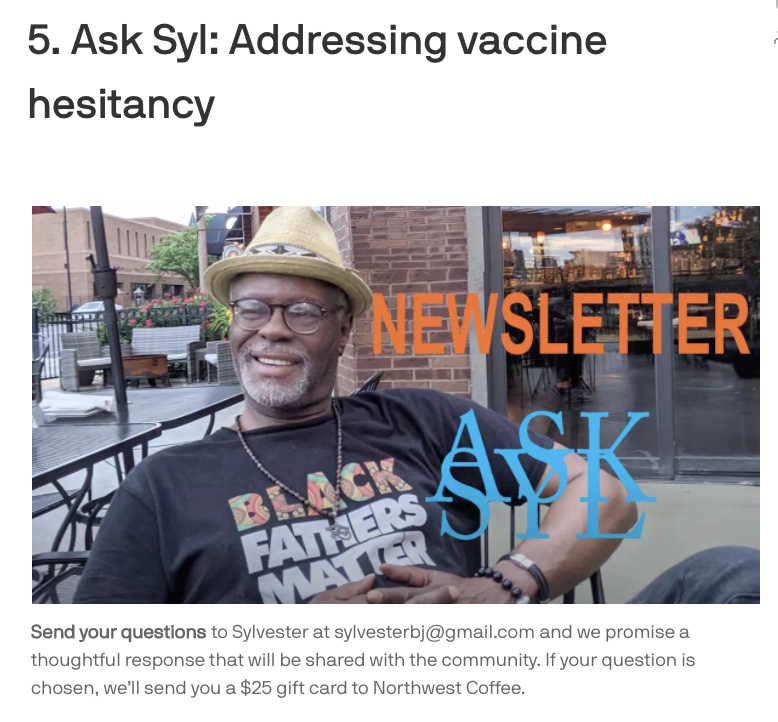
Sylvester Brown, intrepid columnist, author and social justice warrior, offers guidance to those of us trying to navigate in a region fraught with racial tension.
Question: “In addition to your long history of covering systemic issues like racism and inequality, you’ve written about vaccine hesitancy – which is at heart a yes or no question for each of us. Do you think journalists can change hearts and minds on a question like that?” — S.F.
Syl responds: As a black man, writer, and researcher, I share much of the
mistrust many African Americans have toward white institutions. But I don’t believe the virus was man-made to reduce the population, as many anti-vaxxers claim.
Context matters: For me, walking the fine line between my biases and my beliefs relies on being upfront and honest about the genesis of those fears. My goal is to respectfully educate so my readers can make informed decisions about getting vaccinated.
Go deeper: Syl’s thoughts on the seeds of medical mistrust and how that has played out during the pandemic.
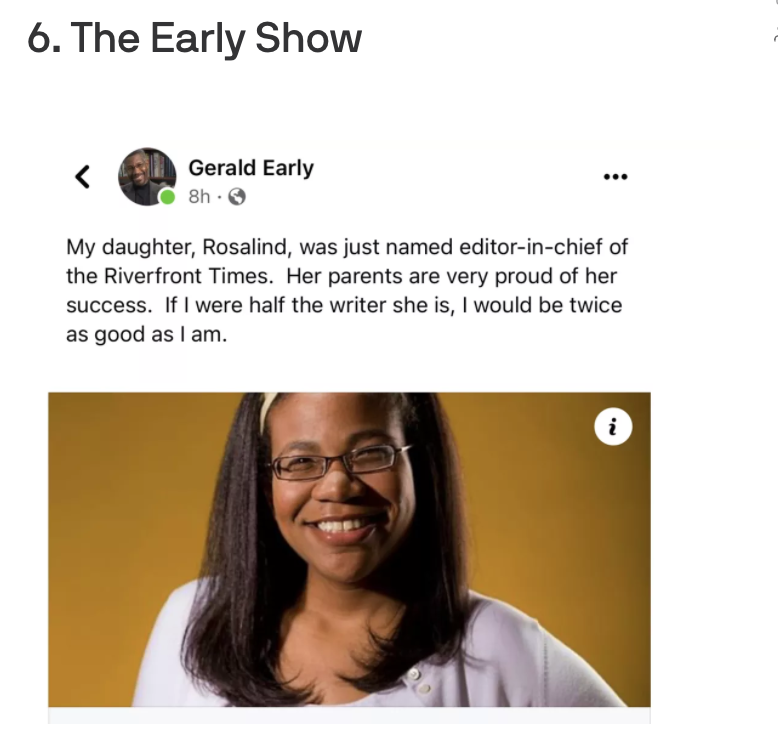
And there’s more: Dr. Gerald Early, professor of English and African-American Studies at Washington University, penned a fascinating essay in the wake of the Whoopi Goldberg imbroglio. “Why Blacks see Jews in the way they do.” Find it in the Common Reader.
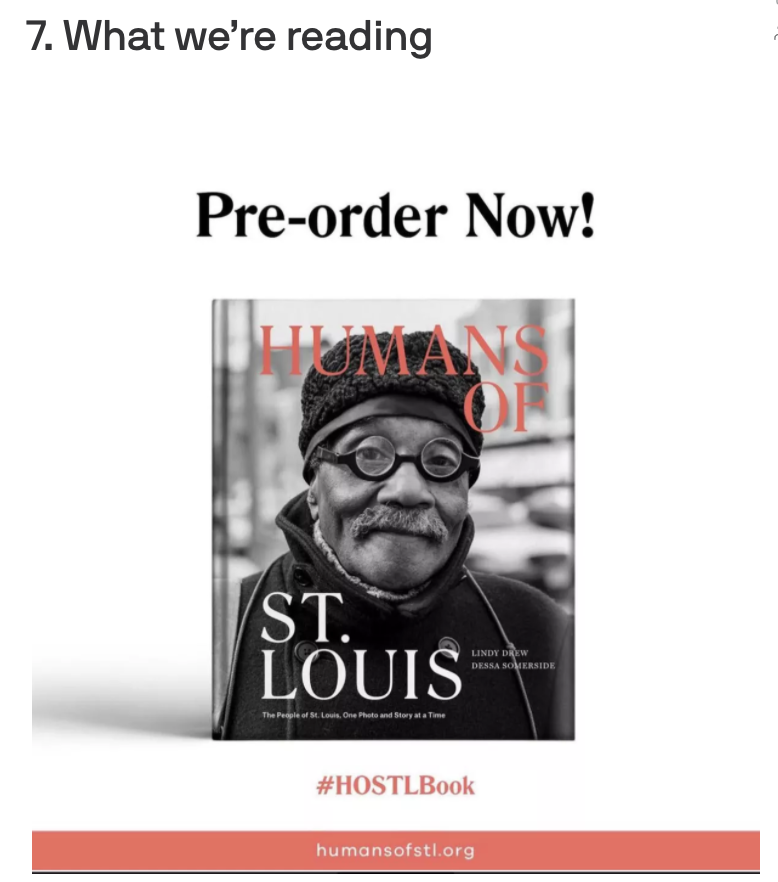
What equity means to banker/civic leader Orvin Kimbrough
Wentzville School Board reverses The Bluest Eye book ban
Thoughts on losing artist Vernon Smith to COVID during Black History Month
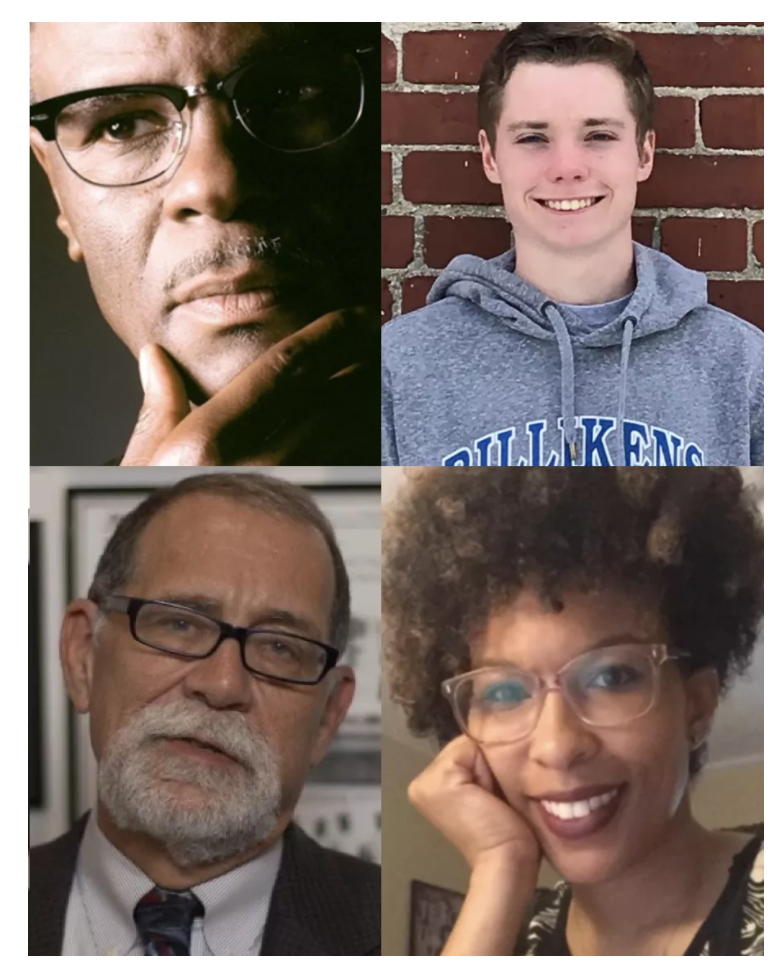
Contributors to this newsletter. Sylvester Brown (top left), Brian Guerin (top right), Richard H. Weiss (bottom left) and Erika Whitfield Click on a name to get a bio.
Please share: Forward this newsletter to your friends. Send them to our website beforefergusonbeyondferguson.org to become a subscriber.

